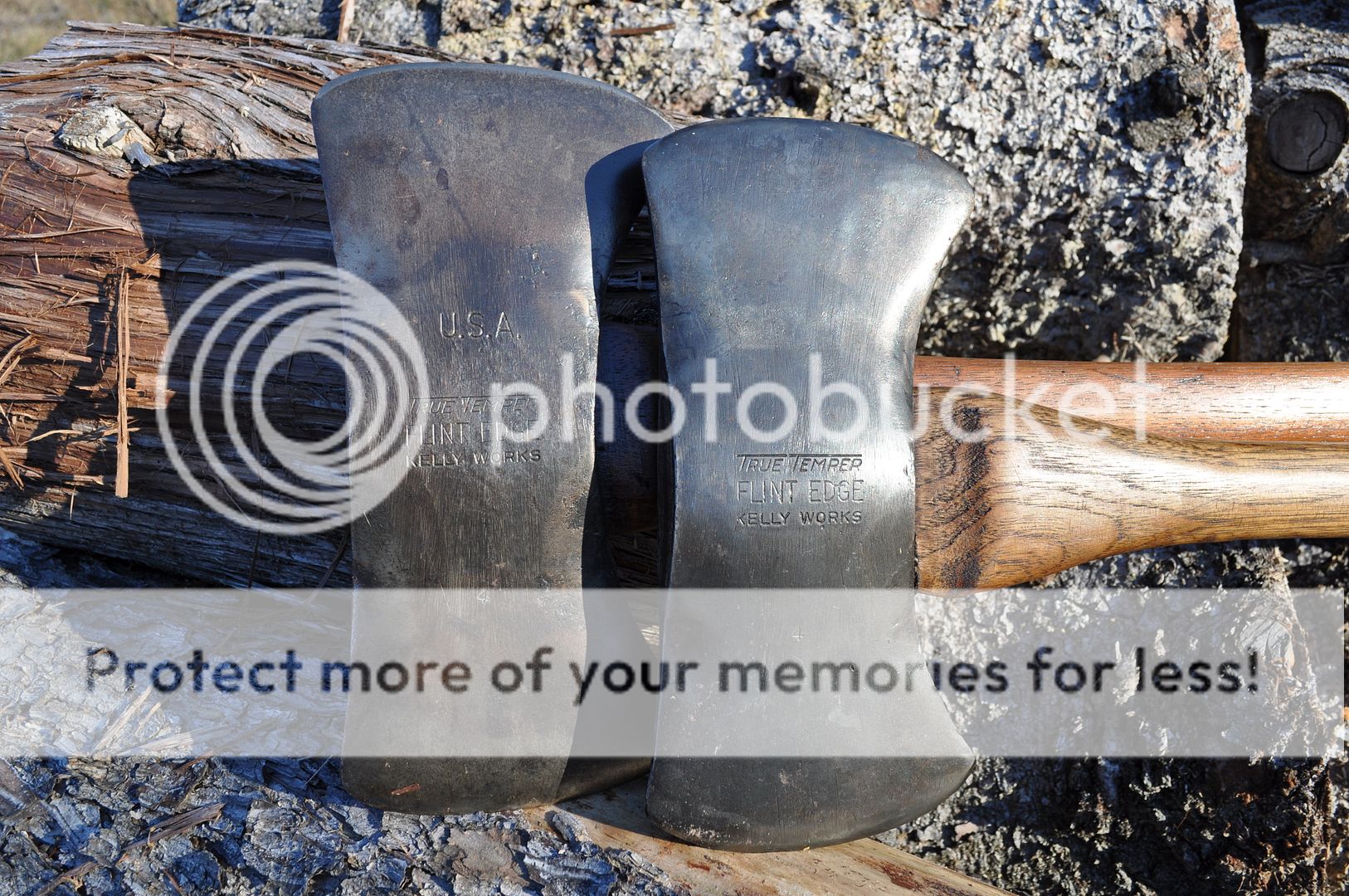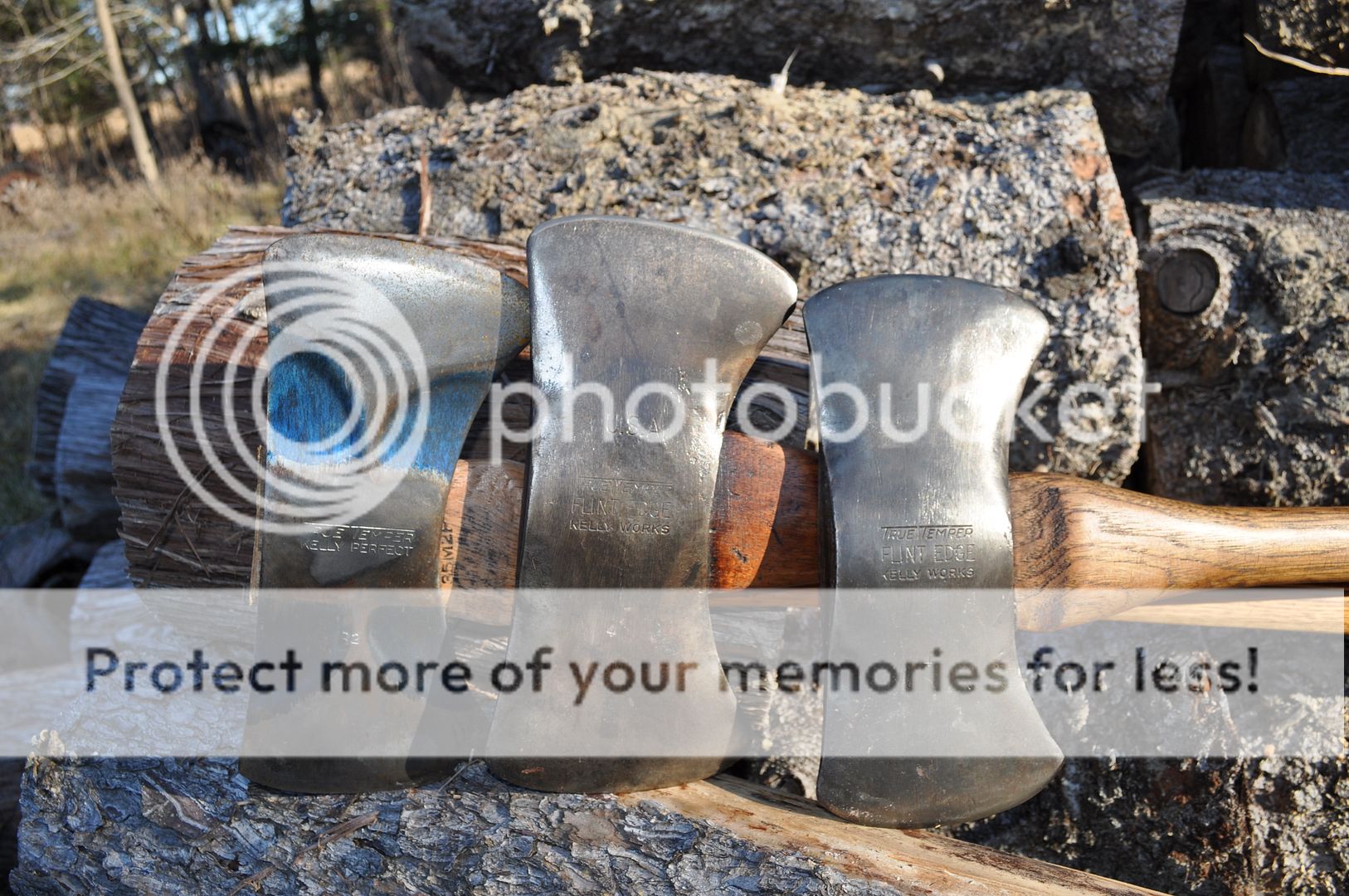This 4lb Gransfors Bruk double-bit axe is gift from my parents this Christmas - it is quite nice and not messed with or dinged up! Will clean-up, sharpen, new handle (probably 36"), and use a bit, treasure forever!
Can you help with the following
1. Blade is 11.5" widest, and 10.5" tip to tip on both sides. Is there a top side somehow, or should I review the eye for clues?
2. Is there a model number or catalog that covers this?
3. What is the general time-frame for making of this axe?




Can you help with the following
1. Blade is 11.5" widest, and 10.5" tip to tip on both sides. Is there a top side somehow, or should I review the eye for clues?
2. Is there a model number or catalog that covers this?
3. What is the general time-frame for making of this axe?






